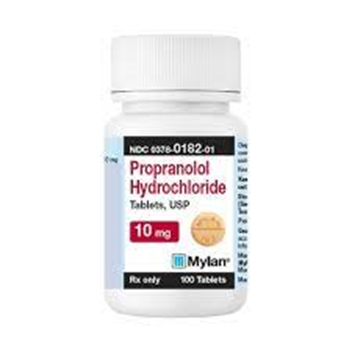A nurse enters a client's room and sees smoke coming from the bathroom. Which of the following actions should the nurse take first?
Use a fire extinguisher at the source of the smoke.
Close the doors to the room and to the bathroom.
Activate the fire alarm system.
Assist the client to a nearby common area.
The Correct Answer is D
Choice A Reason:
Using a fire extinguisher at the source of the smoke is not appropriate. While using a fire extinguisher could potentially help contain a small fire, it's crucial to prioritize rescuing those in immediate danger and alerting others about the fire first by activating the fire alarm. This action ensures that help is on the way and that everyone is aware of the emergency.
Choice B Reason:
Closing the doors to the room and to the bathroom is not appropriate. Closing doors can help contain smoke and fire to some extent, but again, the priority in an emergency situation like this is to rescue those in immediate danger then activate the fire alarm to ensure a swift response and alert others.
Choice C Reason:
Activate the fire alarm system is appropriate. Activating the fire alarm alerts others in the facility and initiates the emergency response protocol, helping to ensure that help is on the way while potentially preventing the spread of fire. However, this step should be taken after assisting the client to safety as they are in immediate danger.
Choice D Reason:
Assisting the client who is in immediate danger to a nearby common area should be the furst step that the nurse takes before alerting other people of the fire. (RACE protocol)
Nursing Test Bank
Naxlex Comprehensive Predictor Exams
Related Questions
Correct Answer is B
Explanation
Choice A Reason:
Requesting a dosage increase if the apical heart rate is less than 60/min is not necessary. Propranolol is used to lower heart rate in conditions like atrial fibrillation, so a heart rate below 60/min might be the desired effect of the medication.
Choice B Reason:
Withholding the medication if the systolic blood pressure is less than 90 mm Hg is necessary. Propranolol is a beta-blocker that can lower blood pressure. If the systolic blood pressure drops below 90 mm Hg, withholding the medication is necessary to prevent further lowering of blood pressure, which could lead to adverse effects like dizziness, fainting, or inadequate blood perfusion to vital organs.
Choice C Reason:
Administering the medication with an antacid might interfere with the absorption of propranolol, so they shouldn't be taken together unless instructed by the healthcare provider.
Choice D Reason:
Expecting increased hair growth is not an anticipated effect of propranolol. Hair growth is not a usual side effect associated with this medication.

Correct Answer is A
Explanation
Choice A Reason:
Replace the unit when the drainage chamber is full is correct. Regularly emptying the drainage chamber when it becomes full is essential to ensure the drainage system functions properly and continues to effectively remove fluids or air from the chest cavity.
Choice B Reason:
Clamp the tube for 30 min every 8 hr. is incorrect.
Clamping a chest tube without a specific medical order or indication can lead to complications such as a buildup of pressure within the chest cavity or potential damage to the lungs. It's generally not a routine action to clamp the tube without proper instruction.
Choice C Reason:
Pin the tubing to the client's bed sheets is incorrect. Pinning the tubing to the bed sheets can cause tension on the chest tube, leading to accidental dislodgment or obstruction. The tubing should be secured but not pinned to prevent inadvertent movement.
Choice D Reason:
Monitor for at least 150 mL of drainage every hour is incorrect. There isn't a standard or prescribed amount of drainage that should occur hourly. The nurse should monitor the drainage rate and characteristics but shouldn't expect a specific volume within a set timeframe. Monitoring for excessive or decreased drainage and changes in characteristics is crucial, but an hourly volume expectation isn't appropriate.
Whether you are a student looking to ace your exams or a practicing nurse seeking to enhance your expertise , our nursing education contents will empower you with the confidence and competence to make a difference in the lives of patients and become a respected leader in the healthcare field.
Visit Naxlex, invest in your future and unlock endless possibilities with our unparalleled nursing education contents today
Report Wrong Answer on the Current Question
Do you disagree with the answer? If yes, what is your expected answer? Explain.
Kindly be descriptive with the issue you are facing.
